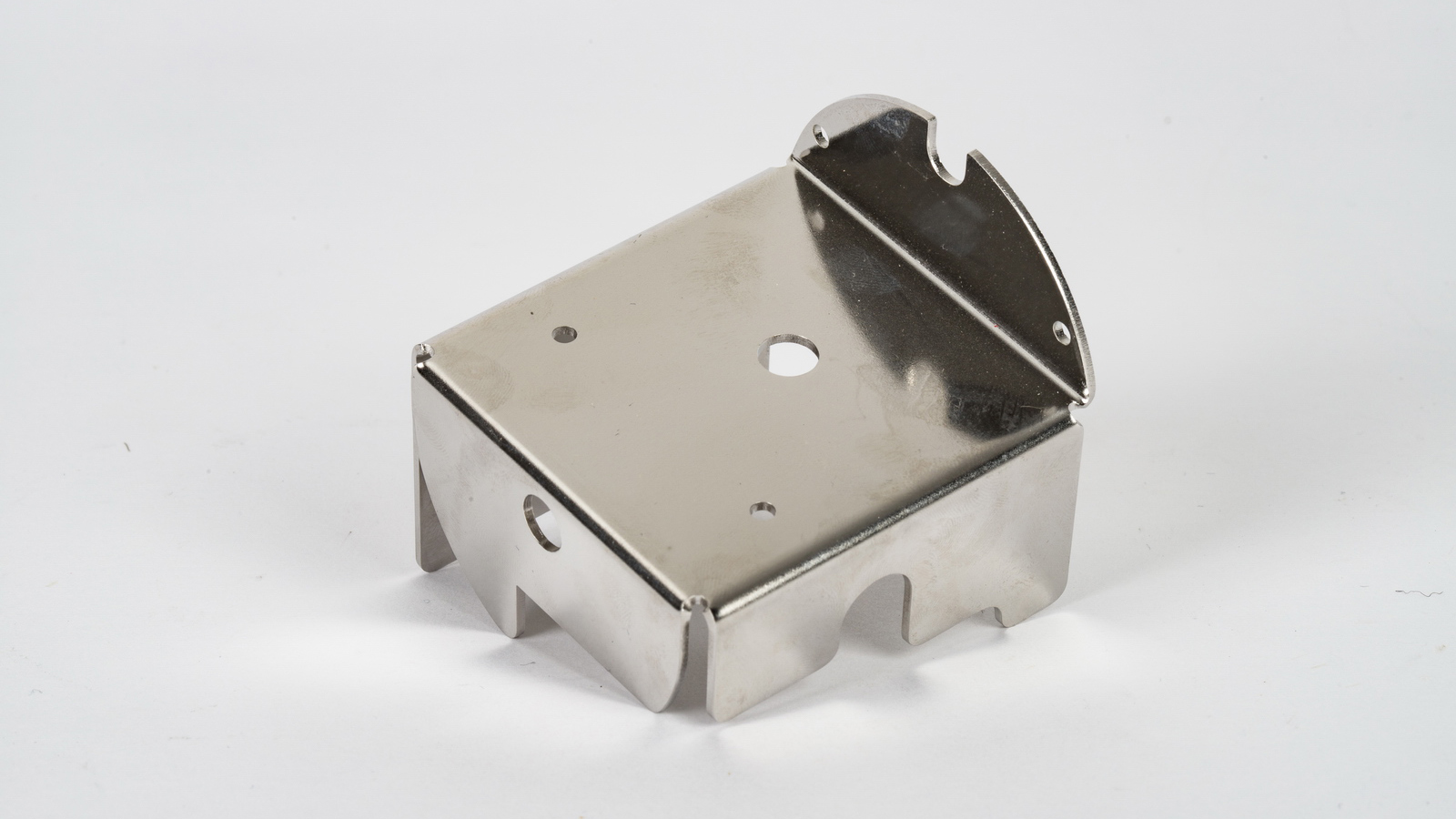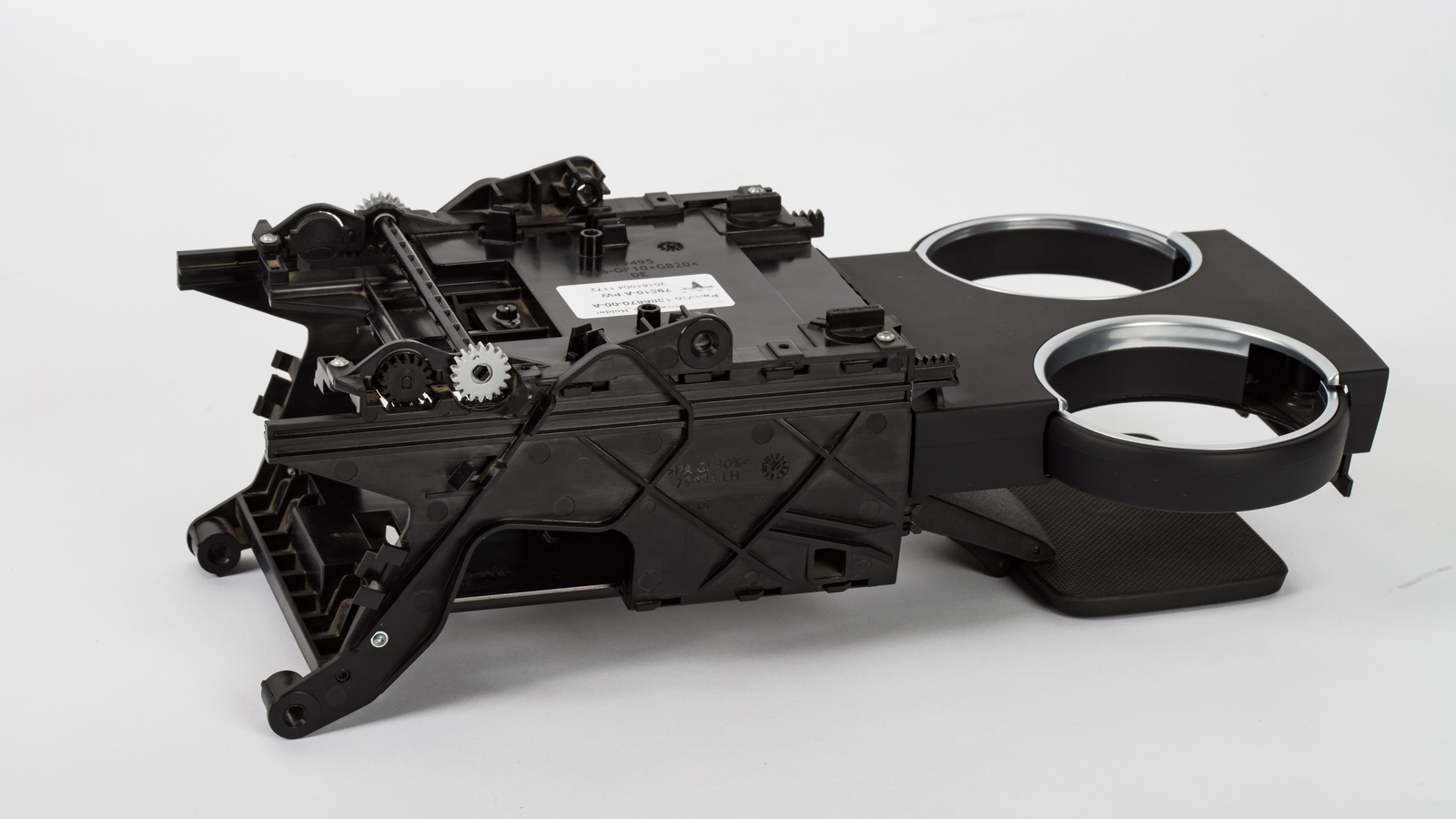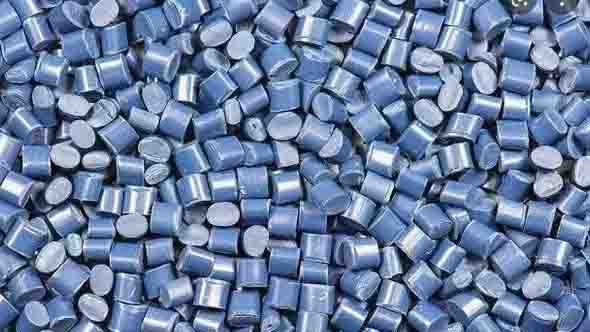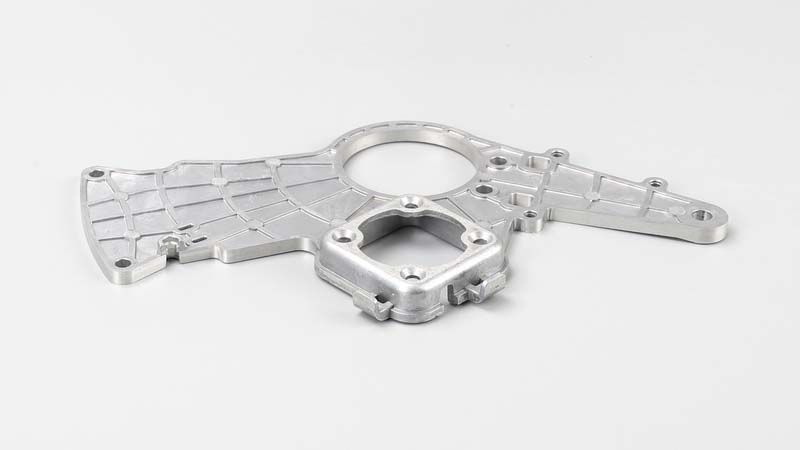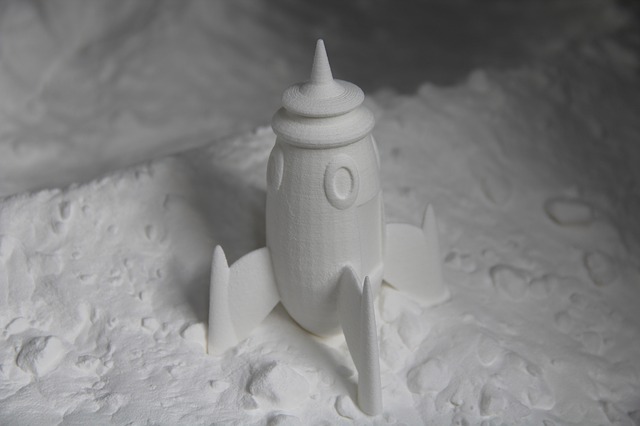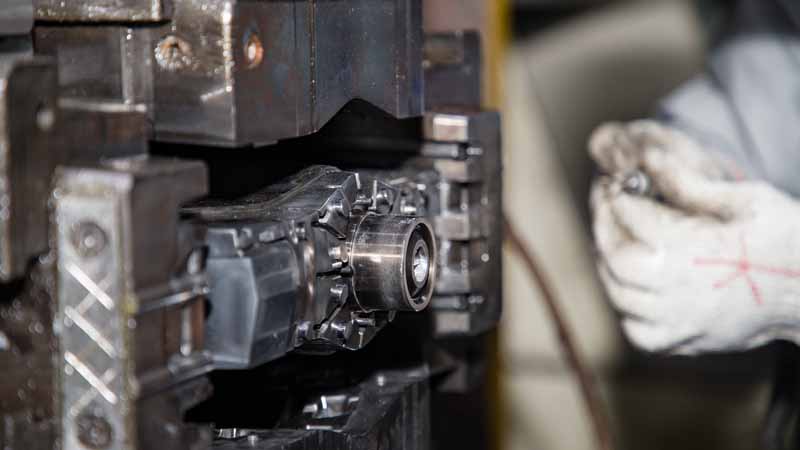Stainless steel
forging is a cornerstone manufacturing process in industries demanding
exceptional strength, corrosion resistance, and reliability. It involves the
strategic shaping of stainless steel alloys using localized compressive forces,
typically delivered by a hammer, press, or die. This process aligns the metal's
grain structure, creating a continuous flow that follows the general shape of
the component. The result is a part with superior mechanical properties
compared to those made by casting or machining from bar stock.
This article
delves into the technical aspects, key applications, and highlights the
capabilities of a leader in the field, Mastars Industries Limited.
Key Forging Techniques and Terminology
The forging industry utilizes specific processes
tailored to the required part geometry, volume, and performance
characteristics. Key terms and methods include:
-
Open-Die Forging:Also
known as free forging, this process involves deforming a workpiece between
multiple flat or simple-shaped dies that do not enclose the metal
entirely. It is ideal for large, simple components or as a preliminary
shaping step before closed-die forging. Operations like upsetting(increasing
cross-section by reducing length) and edging(preparing
the workpiece for subsequent forging) are common.
-
Closed-Die Forging
(Impression-Die Forging):This is the most
common method for producing complex, high-precision parts. The heated
steel billet is placed between two dies containing impressions of the
desired final shape. The dies are forced together, causing the metal to
flow and fill the die cavities. The excess metal, known as flash, is
squeezed out and later trimmed off.
-
Precision Forging:An
advanced form of closed-die forging that produces net-shape or
near-net-shape components with minimal finishing required. It demands
high-precision dies and strict process control.
-
Forging Temperature
Range:Stainless steels are typically forged at
temperatures between 1700°F and 2300°F (925°C - 1260°C). The specific
range depends on the alloy grade. Forging within the correct hot workingtemperature
is critical to avoid defects and achieve optimal material properties.
-
Heat Treatment:A
mandatory post-forging process to achieve the desired combination of
strength, hardness, and ductility. Common treatments for stainless steel
forgings include:
-
Solution Annealing:Heating
the part to a high temperature and rapidly cooling it to dissolve
carbides and soften the material.
-
Quenching and Tempering:Processes
used for martensitic stainless steels to develop high strength.
-
Stress Relieving:Heating
to a moderate temperature to reduce internal stresses from forging and
cooling.
-
Grain Flow:This
is the defining characteristic of a forged part. The internal grain
structure is refined and oriented to follow the contour of the component,
significantly improving its strength, toughness, and fatigue resistance,
especially under high-stress conditions.
Industry Applications of Stainless Steel
Forgings
The unique properties of forged stainless
steel make it indispensable across critical industries:
-
Aerospace and
Defense:Landing gear components, engine mounts,
turbine discs, and structural airframe parts. Grades like 304, 304L, 316,
316L, 17-4PH, and 15-5PH are widely used for their strength-to-weight
ratio and corrosion resistance.
-
Oil and Gas:Critical
downhole tools, valve bodies, wellhead equipment, and Christmas tree
components. These parts must withstand extreme pressures, corrosive sour
gas (H?S), and high temperatures.
-
Automotive and
Transportation:High-performance engine valves,
connecting rods, drivetrain components, and turbocharger turbines.
Forgings provide the durability needed for safety-critical applications.
-
Medical and
Surgical:Implants (e.g., joint replacements),
surgical instruments, and dental tools. The biocompatibility of certain
stainless steels (e.g., 316L) and the ability to create complex, sterile
surfaces are vital.
-
Industrial
Machinery:Pumps, compressor shafts, and heavy-duty
connectors used in chemical processing, food production, and marine
environments.
Mastars: A Leader in Precision Metal Stamping
and Forgings
While many
companies specialize in forging, Mastars Industries Limitedhas
established itself as a global leader in precision metal components, with
advanced capabilities in the forging sector. Founded in 2008 and headquartered
in China, Mastars has grown into a one-stop solution provider for industries
worldwide.
Mastars' Capabilities in Forging and Related
Processes:
-
Expertise in Alloys:They
work with a wide range of stainless steel grades, including the austenitic
(300 series), martensitic (400 series, 17-4PH), and duplex families,
selecting the optimal material for each application.
-
Integrated
Manufacturing:Mastars offers a vertically integrated
process, from initial material sourcing and die design to forging, heat
treatment, precision machining, and surface finishing. This ensures
complete quality control from raw material to finished part.
-
Precision Focus:Their
expertise in precision metal stamping translates directly to
high-tolerance forging projects, particularly for complex, near-net-shape
components that require minimal secondary machining.
-
Global Supply Chain:Serving
clients in North America, Europe, and Asia, Mastars is adept at managing
complex supply chains for industries such as automotive, aerospace, and
industrial equipment, ensuring timely delivery and consistent quality.
Conclusion
Stainless steel forging remains a vital
manufacturing process for creating the strongest and most reliable metal
components. The alignment of the grain structure through controlled deformation
provides performance characteristics that cannot be matched by alternative
methods. As industries continue to push the boundaries of performance and safety,
the demand for high-integrity forgings will only grow. Companies like Mastars Industries Limited, with their comprehensive
technical expertise and commitment to precision, are essential partners in
turning engineered designs into durable, real-world solutions.





